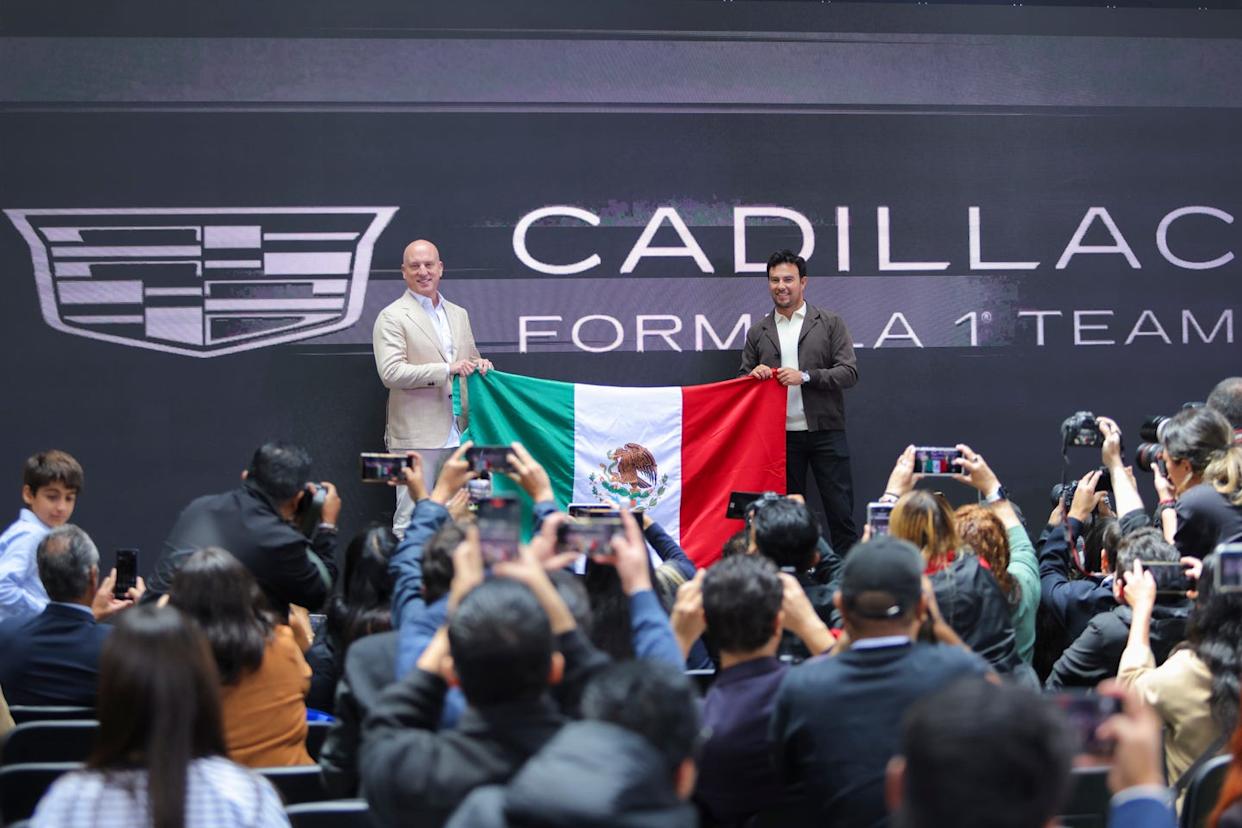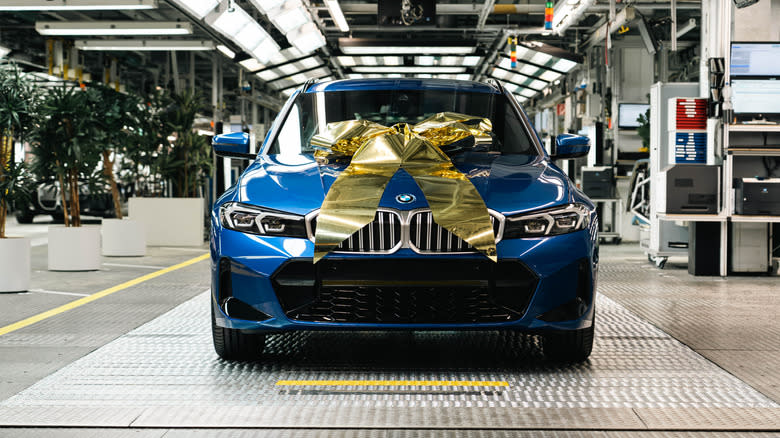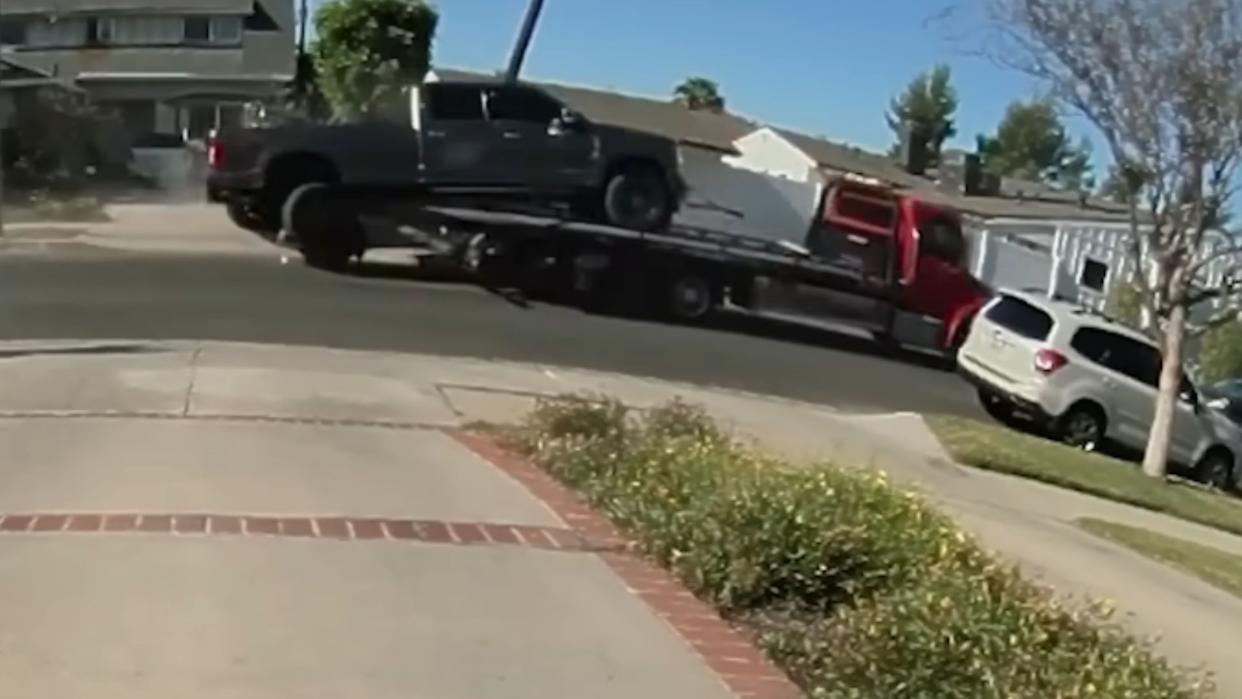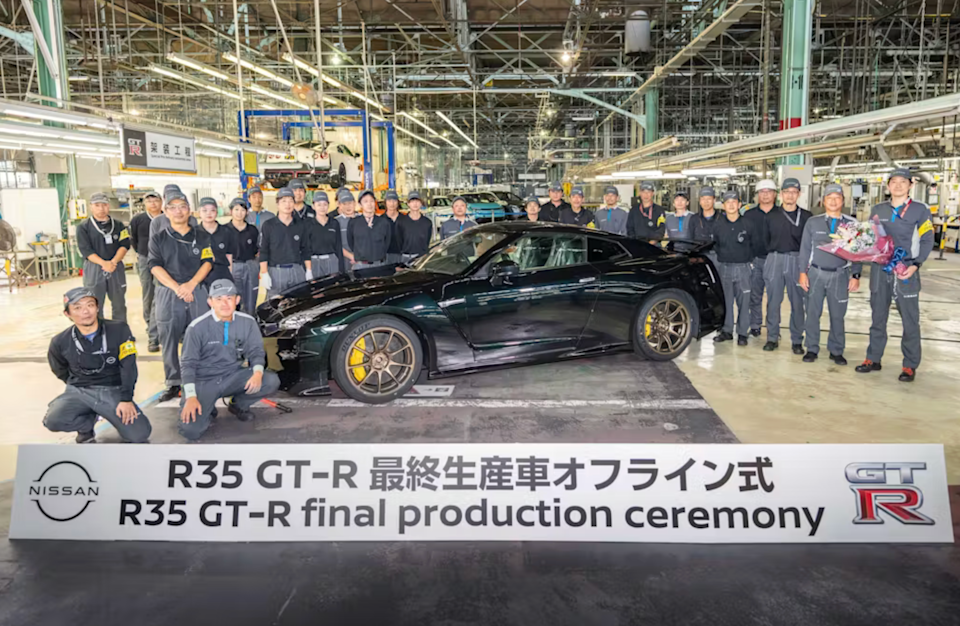
The new-for-2026 Cadillac Formula 1 team is set to go testing later this year—but it won’t be with a car that it has itself produced.
Cadillac will join Formula 1 next season as the 11th team and announced this week that veterans Sergio Perez and Valtteri Bottas will form its driver line-up.
Formula 1 teams are set to run their 2026 cars for the first time in Barcelona in late January, ahead of two pre-season tests in Bahrain across February, with track time expanded due to the overhaul of engine and chassis regulations.
Cadillac is keen to hold a private test in advance of that, in order to get its personnel up to speed quicker, but as it lacks an existing Formula 1 car it is set to use one of its rivals’ machines.
Under the Testing of Previous Cars rules Formula 1 teams are allowed to test cars that are two or more years old, meaning 2023-spec cars are permitted.
While no team has been specified, it would be logical for Cadillac to use an old-spec Ferrari, given that the Italian marque will supply its power units until GM’s own unit is ready in 2029.
“We’ll be introducing car testing this year, obviously we have to work with others to be able to do that, but that’s perfectly allowable under the regulations,” Team Principal Graeme Lowdon said.

“And yeah, we just have a plan to steadily build up so that when we get to Melbourne we hit the ground running.”
Any on-track running would also assist Perez in getting re-acclimated with Formula 1, as the Mexican has not driven competitive machinery since last year’s Abu Dhabi Grand Prix.
As he is unattached—unlike Bottas, who has Mercedes reserve driver duties—Perez can begin work straight away.
Lowdon also explained other ways in which Cadillac is ensuring that it can arrive in Australia next season as prepared as possible.
“We are already simulating race events,” Lowdon said. “The next one that we're doing is Monza, and we simulate it as if it is a complete race weekend from start to finish with full integration of everybody in the and everybody in the team.
“It doesn't involve just simulating races, which is really, really important. You know, the last one we simulated, we probably had 50 or 60 engineering people fully involved over the whole weekend, both in the UK and the US, all getting used to working with each other.
“We need to be in a position that when we get to Melbourne, we're not in a position where people are hearing voices for the first time or working with each other for the first time or anything else like that.”








Comments